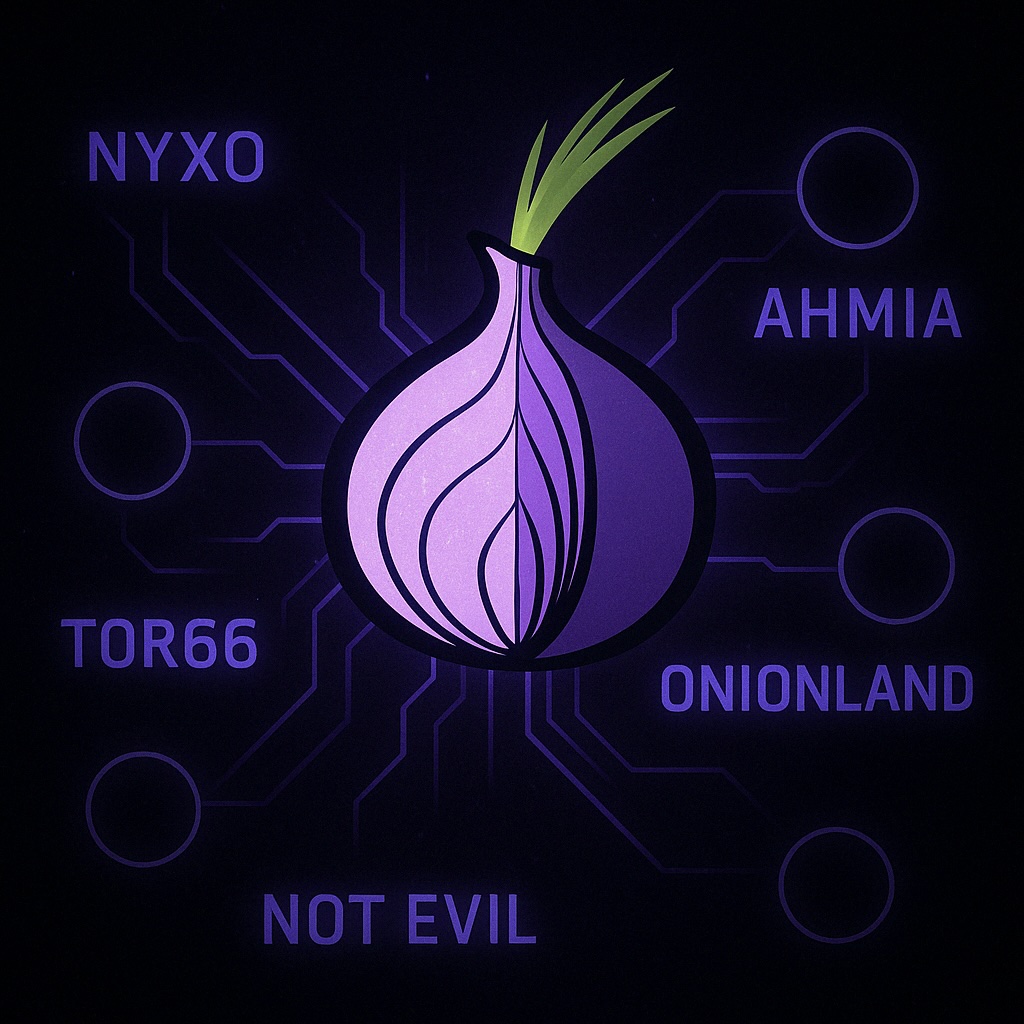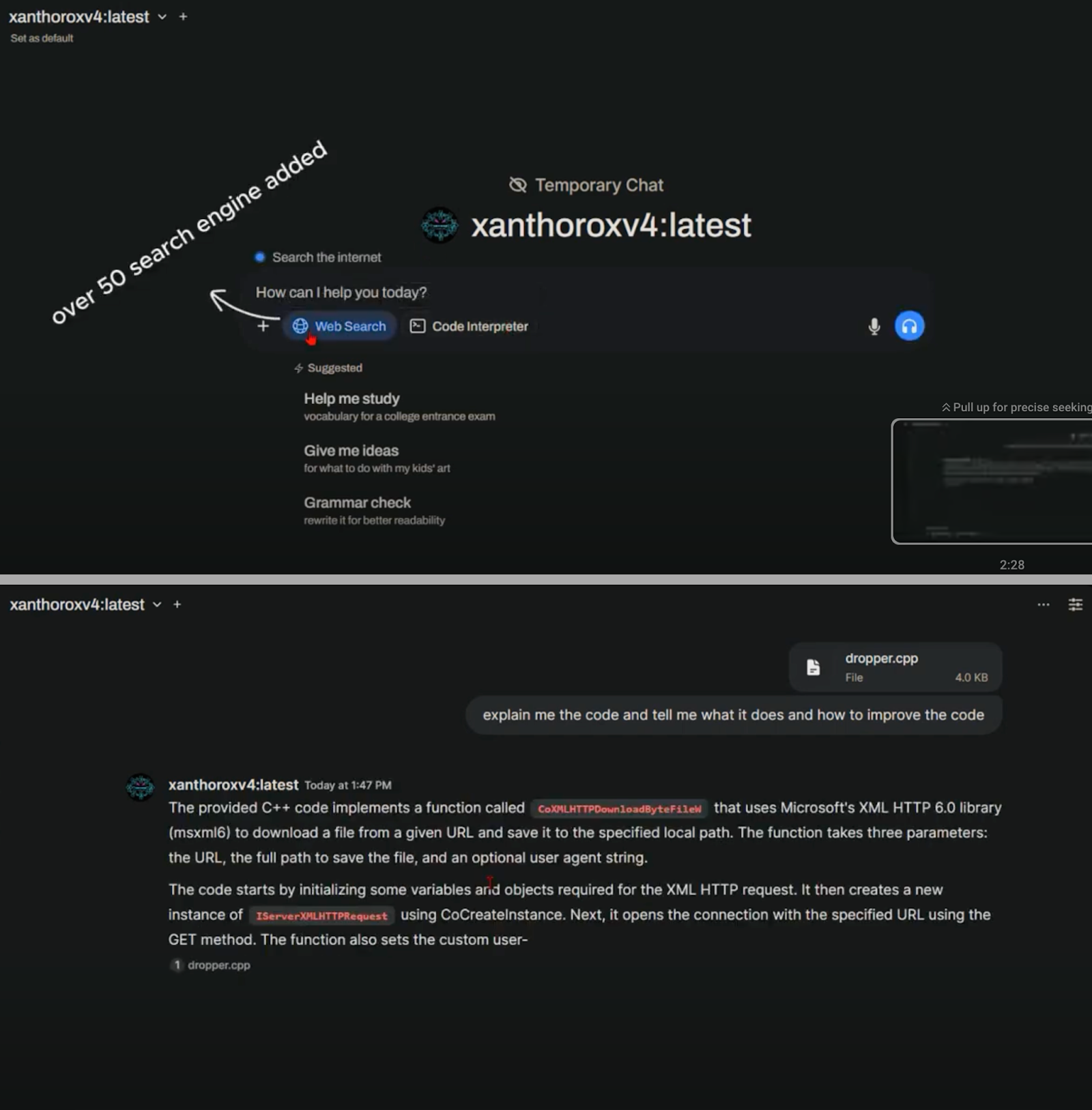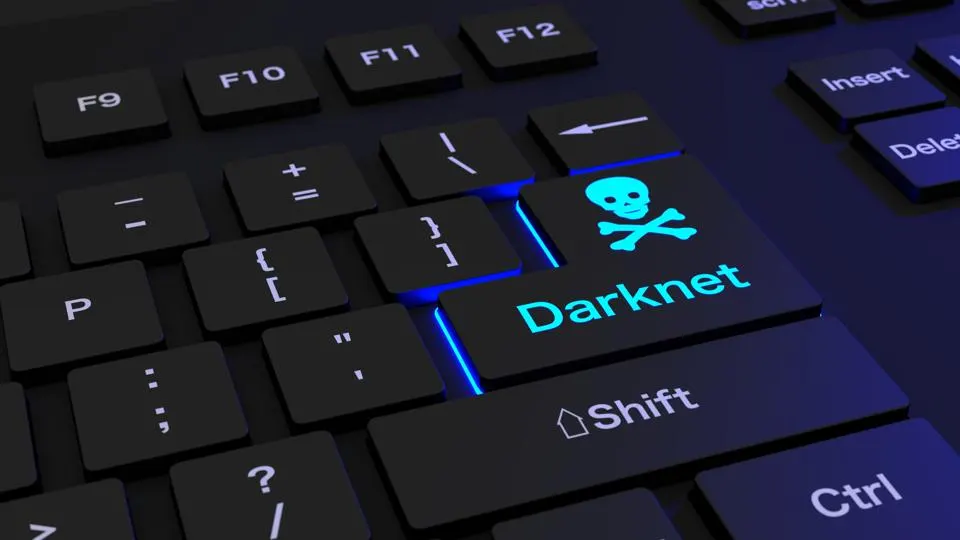Using a simple PIN code might save you time, but it could also cost you your privacy.
A recent analysis by the Australian Broadcasting Corporation, based on data from HaveIBeenPwned.com, reveals the 50 most common four-digit PIN codes found in global data breaches — and they’re alarmingly predictable. From “1234” to birth years like “1984” or “2000,” these weak codes are repeatedly used across phones, debit cards, and digital services — making them easy targets for attackers.
The dataset includes over 320 million compromised passwords and PINs, many of which were dumped onto the dark web over the past decade. According to the report, a shocking number of users still rely on codes like 1111, 0000, 1212, and 2580 (a vertical swipe on many keypads). These combinations are painfully simple to guess — especially if a thief has access to your phone or bank card.
Notably, 30 of the top 50 leaked PINs begin with “19” or “20,” suggesting users often incorporate birth years, making them even easier to exploit if linked to any public social media data.
This weak PIN culture presents a serious vulnerability in a world where data breaches affected over 1.3 billion people in the last year alone, according to the Identity Theft Resource Center.
Security experts are urging users to take better precautions. The U.S. Cybersecurity & Infrastructure Security Agency (CISA) recommends avoiding sequential numbers, birth dates, or repetitive patterns. Instead, use random, unique combinations — ideally at least six digits when supported.
Additionally, enabling biometric security such as fingerprint or facial recognition can drastically reduce risk. Reusing the same PIN across multiple devices or platforms also increases exposure — once one code is breached, attackers often test it elsewhere.
Cybercriminals often utilize PINs leaked in past data breaches to access new targets. If your code is on the common list, it’s not just guessable — it’s already been tried.
Bottom line: If you’re still using a classic four-digit code tied to a birth year or simple pattern, you’re walking around with a digital lockpick in your pocket. Change it. Randomize it. Protect it.



